Introduction
The Values S.I.S Brings to Public Health
From being a pioneering medical facility in stroke treatment in the Mekong Delta, S.I.S Can Tho International General Hospital has made a strong impression both domestically and internationally as a model combining modern medical technology with a humanitarian mission to care for public health.
Building a Stroke Treatment Center in the Mekong Delta: Reckless or Brave?
As one of the “golden generation” doctors who witnessed positive changes in the healthcare sector following the Ministry of Health’s directive 1816/QĐ-BYT, Dr. Tran Chi Cuong deeply understands the hardships of local medical staff and the disadvantages faced by people in remote areas. During his time working in Ho Chi Minh City, Dr. Tran noticed that most stroke patients from the Mekong Delta arrived at hospitals past the critical “golden hour,” making treatment very difficult. Even top doctors would sometimes be “helpless” in the face of severe cases. There was clearly a large gap in healthcare access, especially for specialized treatment.
The goals of the 1816 Project inspired the idea of establishing a stroke treatment center in the western region. The hope was to improve healthcare quality for residents in remote parts of the Mekong Delta, reduce the burden on higher-level hospitals, especially in stroke care, and apply and transfer medical technologies while training a highly specialized medical team. Thus, a specialized stroke hospital was founded in the heart of the Mekong Delta.
Starting with empty hands, only professional knowledge and a compassionate heart, Dr. Tran and his associates faced numerous difficulties and challenges from the start. There was widespread skepticism: how could a large, international-standard hospital operate successfully in Can Tho?
With support from local authorities and trust from partners, S.I.S gradually affirmed its practical contributions to public healthcare. It solved the tough problem of stroke treatment in the Mekong Delta by optimizing the golden window (4.5 to 6 hours from onset), reducing patient transport time, utilizing modern equipment, and employing highly skilled doctors. The proportion of patients treated within the golden hour at S.I.S rose from 13% in 2019 to 22% in 2024.
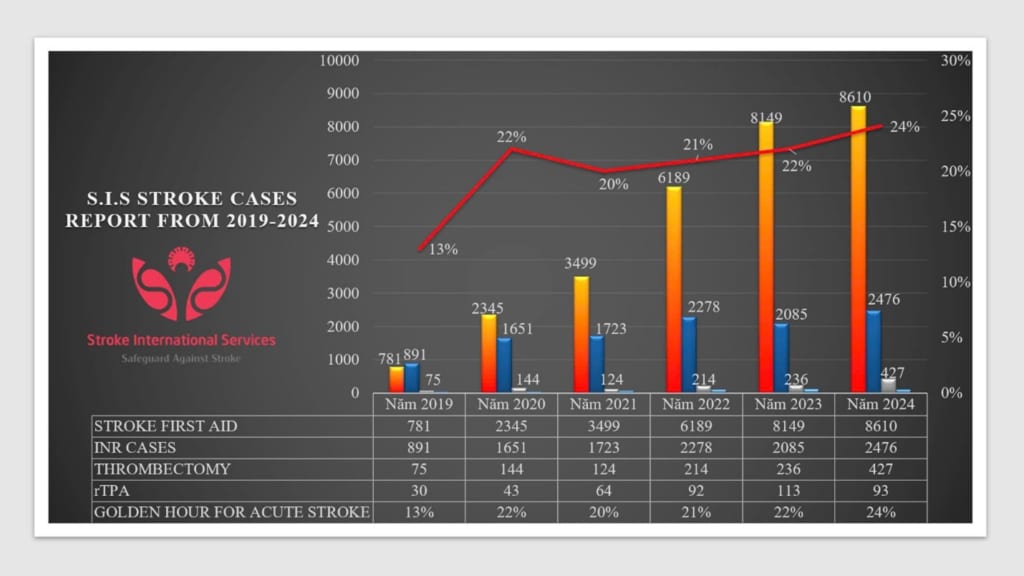
After more than six years of bringing International-Standard services to the community, S.I.S Can Tho has served over 1 million patients, provided emergency care to over 86,000 cases, including more than 34,000 stroke emergencies.
Thanks to the dedication and efforts of its doctors and staff, S.I.S has won the Diamond Award in stroke treatment from the World Stroke Organization (WSO) for 10 consecutive quarters. Most recently, the Can Tho Department of Health rated S.I.S 4.56 out of 5, placing it among the hospitals with Excellent quality in 2024.
A Mission Tied to the Community
Following the directives of the Party and State, S.I.S Can Tho has continuously upgraded and applied scientific and technical advances in medical examination and treatment, significantly contributing to disease prevention and health improvement for millions of people both in and outside Vietnam.
The hospital has received and treated hundreds of international patients from developed countries such as the US, UK, France, Switzerland, Canada, Japan, and South Korea; neighboring countries like Singapore, Indonesia, Malaysia, Thailand, and Cambodia; as well as many overseas Vietnamese from the US, France, Australia, and Germany.
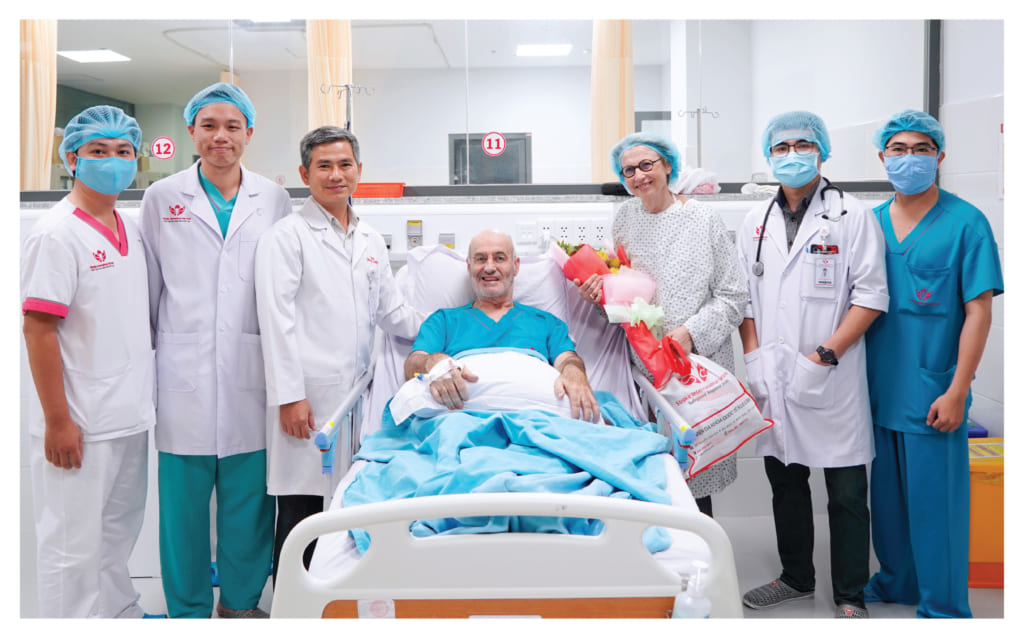
S.I.S has paid special attention to public health in the Mekong Delta, including training and developing a regional stroke response network, transferring stroke emergency technology to border provinces like An Giang and Ca Mau, and donating remote ECG machines (Tele ECG) to provinces like Vinh Long, An Giang, and Can Tho, with plans to expand to other provinces in the region. This remote healthcare network reduces travel time, allows for early diagnosis and consultation, minimizes unnecessary hospital visits, and alleviates pressure on central hospitals. With a commitment to not let poor patients go untreated due to lack of funds, S.I.S successfully petitioned the Ministry of Home Affairs to establish a charity fund for stroke patients in the Mekong Delta. To date, over 1,300 patients have received support, totaling more than 16.7 billion VND. S.I.S also frequently donates health insurance to families in need.
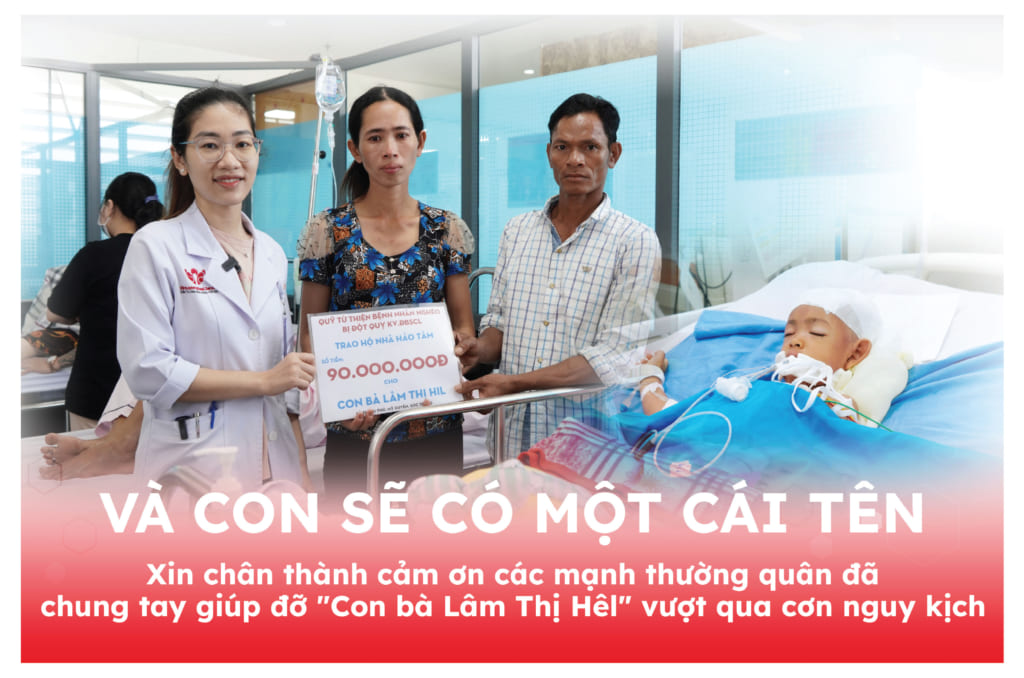
At the BNS Conference in South Korea in November 2024, Prof. Jeyaledchumy Mahadevan, President of the Asian-Australasian Federation of Interventional and Therapeutic Neuroradiology (AAFITN), remarked, “Our international colleagues were truly impressed with S.I.S’s approach, especially its charity fund for poor patients – something not easily done even in developed countries.”

S.I.S’s Pioneering Steps
In December 2023, both domestic and international healthcare communities were surprised when S.I.S Can Tho became the first in Vietnam to install the Photon CT scanner Naeotom Alpha. S.I.S prioritizes using advanced equipment in diagnostics and treatment, including four 3-Tesla MRI machines, robotic-assisted surgery, and AI applications in diagnosis and treatment – all contributing to lower treatment costs, shorter hospital stays, and fewer risks from invasive procedures.
The hospital places patient benefit first with a complete emergency response system. It was the first hospital with a dedicated emergency number (1800.1115). In addition to its specialized ambulances, S.I.S successfully launched a river ambulance project using rescue canoes, solving transportation issues in areas with poor road infrastructure. This model has drawn strong interest from neighboring Southeast Asian countries, with Thailand even sending doctors to S.I.S to learn from the experience.
In 2024, S.I.S continued to attract attention by launching the Stroke Science Research Association of the Mekong Delta, aimed at promoting research, knowledge exchange, and improved stroke treatment in the region.
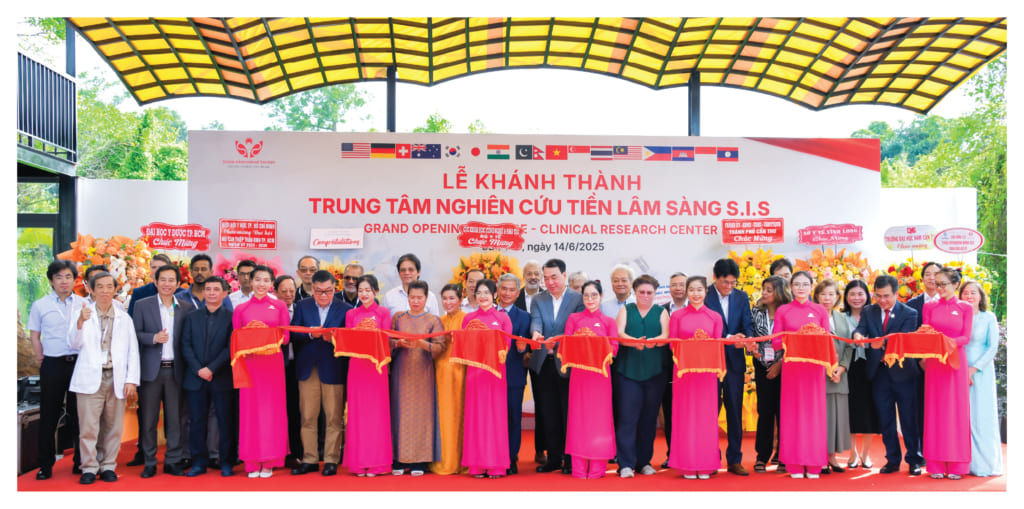
In June 2025, S.I.S will open the first preclinical research center in Southeast Asia built to U.S. standards. Here, doctors and engineers will test advanced medical devices like stents and coils on animal models. These devices will be researched, produced, and transferred through collaboration between S.I.S experts and specialists from the United States.
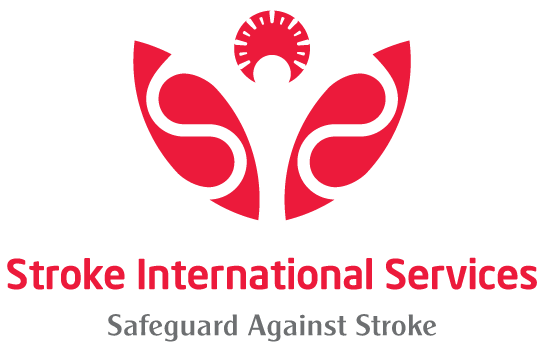

















 Make appointment
Make appointment HOTLINE: 18001115
HOTLINE: 18001115